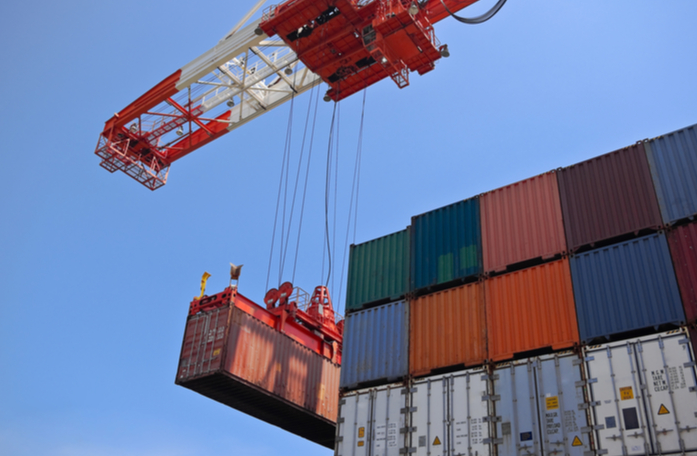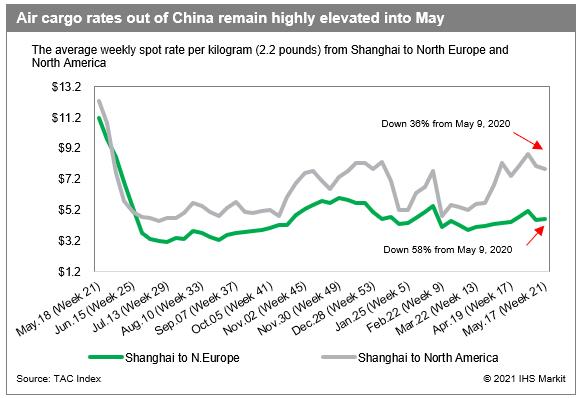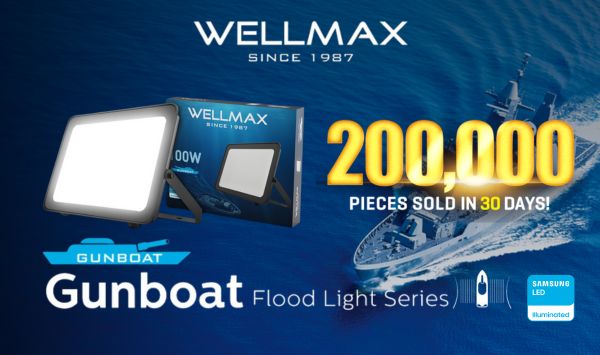Chaotic ocean market driving forwarder ship charters
The launch of unusual one-off ship charters by forwarders DSV Panalpina and Geodis underscores the urgent need for guaranteed Asia-Europe capacity in a chronically constrained market where few options are available.
With demand outstripping container vessel space and equipment in short supply, traditional alternatives to ocean freight such as air, intermodal rail, and trucking outbound from China are all heavily oversubscribed. Neither DSV nor Geodis plans to continue chartering ships once ocean capacity eases, a sign of how desperate forwarders are to secure guaranteed slot space on behalf of their shipper customers.
Michael Amri, global head of sea freight and FCL at Hellmann Worldwide Logistics, said the imbalance between demand and supply meant shippers and forwarders would continue to explore whatever solutions were available to keep their cargo moving.
“That could also mean chartering a vessel, but we don’t see this as a long-term strategy, rather another opportunity in the market to move cargo. It only makes sense to charter a vessel, if at all, in an extreme rate and capacity-equipment constrained market.”
Denmark-based DSV recently signed a one-off charter for an 1,800 TEU ship from Yantian in Shenzhen to Denmark, its second foray into the ship charter market following a December tie-up with HMM to secure three 650-TEU multipurpose vessels. It also follows Geodis’ chartering of two 1,000 TEU multi-purpose ships earlier this year.
Lars Jensen, CEO of Vespucci Maritime and a JOC analyst, wrote in a recent LinkedIn post DSV’s latest ship charter “should be seen as a clear indication of just how extremely pressured the market is in terms of lack of available capacity.”
Hugues Morin, CEO of France-based forwarder Clasquin Group, said service providers are searching for whatever solutions were available to transport cargo from China to Europe, and chartering ships was just one option.
“But the ship charters are so small that this doesn’t have any impact on the market,” he said in an interview. “We use rail as well, and we have large numbers of trucks going from China to Europe because the rail is full, and we charter air freight to supply a quicker solution. These are all very good ideas but don’t really solve the market issues, and delaying cargo in Asia is usually not possible.”
Space, the final shipper frontier
Shifting cargo from ocean to air or intermodal rail is difficult, both in terms of availability and price. Half the available air cargo capacity on Asia-Europe remains grounded in the bellies of passenger planes, with rates this week almost double the same week in pre-pandemic 2019 at $4.61 per kilogram, according to the TAC Index. That puts air freight out of reach for all but the most time-critical — or highest-value— ocean freight.
Terminal-to-terminal rail freight rates from China to Europe vary depending on the origin, the subsidy offered on the route, the forwarder used, and the type of cargo. However, applying the $0.70/kilogram rate offered by UK-based forwarder Davies Turner for less-than-container-load (LCL) rail freight from Wuhan to the United Kingdom, an FEU-sized load would cost about $18,000.
That is double the current ocean freight spot rate from China to North Europe, which this week hit a new record high of $9,263 per FEU and $4,892 per TEU, according to rate benchmarking platform Xeneta. Both rate levels are more than 500 percent higher than in the same week of pre-pandemic 2019, but Xeneta warns the actual price being paid by shippers could be as much as $2,500 higher, with carriers able to levy huge surcharges to guarantee space.
Sustained demand from European importers — Asia-Europe volume in the first quarter of 4.05 million TEU is up 1.5 percent over the first three months of pre-pandemic 2019, according to data from Container Trade Statistics — combined with lingering disruption from the Suez Canal closure, has also impacted ship schedules. Schedule reliability in March was at 24.5 percent from Asia to North Europe compared with 45.7 percent in March 2020, according to Sea-Intelligence Maritime Analysis.
Matthias Hansen, senior vice president for global ocean freight at Geodis, said that he expects the current supply and demand imbalance to continue for another few months.
Source: joc.com
Related news
1 week ago · 5 mins read
1 week ago · 5 mins read
2 weeks ago · 5 mins read
2 weeks ago · 5 mins read








